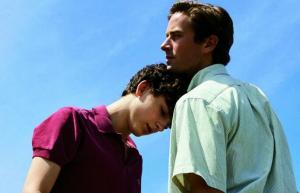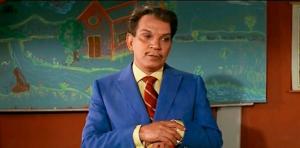Roma, by Alfonso Cuarón: summary and analysis of the film
Rome is a film by Alfonso Cuarón released in 2018. The film addresses in an intimate and extraordinary way the daily life of a middle-class family, in the Mexico of the 70s, a family that grew up under the care of the nanny Cleo, axis of story.
Inspired by Cuarón's childhood, this award-winning film reveals how conflicts coexist with everyday life, such as such as racism, classism, political authoritarianism, patriarchy and the matricentral order of the Latin American home, at the same time that pays tribute to those women who raised families of others in a loving way, despite the social role to which they were confined. That is why Cuarón dedicates this film to his nanny Liboria "Libo" Rodríguez.
Breaking with the custom, this film was only distributed in a few selected theaters and on Netflix. Let's see what novelty is behind Rome.
Summary of the movie

The film is set between the years 1970 and 1971, in the Roma neighborhood, a classy neighborhood average of Mexico City, in which housewives have the help of their employees domestic.
Alert! Contains spoilers.
Cleo and Adela, two maids of Mixtec origin, work for Sofía's family, the owner of the house. The tasks between the two are distributed: Cleo is dedicated especially to the care of children and Adela is dedicated to other tasks.
Sofía's family is made up of her husband Antonio, who is always absent, her mother Teresa and her four young children. Everything seems perfect, but there is tension.

In their free time, Cleo and Adela go out with their boyfriends, Fermín and Ramón respectively. Cleo becomes pregnant with Fermín, a young martial arts practitioner who, as soon as she knows about the pregnancy, slips away. However, she receives the support of Sofía and her family, together with whom she will go through many experiences during her pregnancy.
Cleo finds Fermín in a paramilitary training camp, thanks to the help of Ramón. Along with other women, he watches the training session, at the end of which Fermín brutally rejects her.
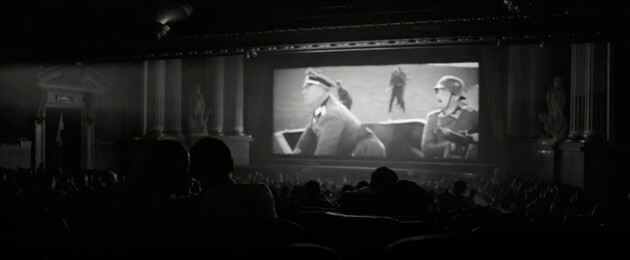
Meanwhile, through a phone call, Antonio announces to Sofía that he will abandon them. Toñito listens to her mother's conversation, but she makes him keep a secret.
While Teresa and Cleo are in a furniture store, a student demonstration is brutally repressed by paramilitaries. Some take refuge in the furniture store and are chased by the violent to kill them. Fermín, now a paramilitary, meets Cleo face to face, but Cleo, without the courage to kill him, runs away.
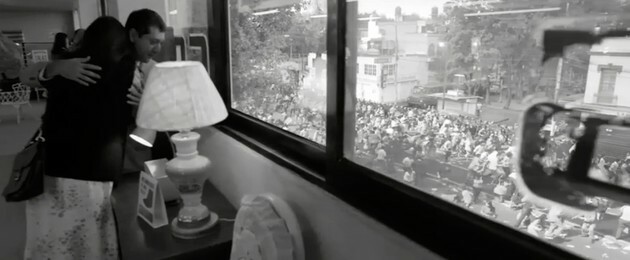
From the fright, Cleo breaks sources and Teresa takes her to the hospital. In the ward, the baby is born without vital signs. Cleo returns home and life takes its course.
Sofía organizes a weekend trip with her children and Cleo, and there she tells them that Antonio will not return. During the trip, in the middle of a day at the beach, the current carries two of the children. Cleo, although she cannot swim, enters the sea and takes them out. In the sand they are greeted by Sofía and the other two little ones. Cleo breaks down in tears and confesses that she never wanted her baby to be born. Sofía and all her children hug her.
When they return, they see that Antonio has gone to get his things. Cleo and Adela prepare to continue their work. Life goes on in Rome.
Analysis of the film
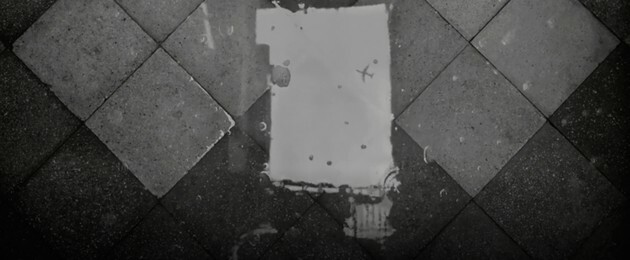
A close-up of the mosaics in a patio opens this film, and it remains fixed for a few minutes. As if it were the waves of the sea, we see layers of soapy water slide over this floor that someone cleans.
Cuarón represents the course of everyday life in which the realities of two worlds that are together and, at the same time, separate, intersect, like a system of mosaics.
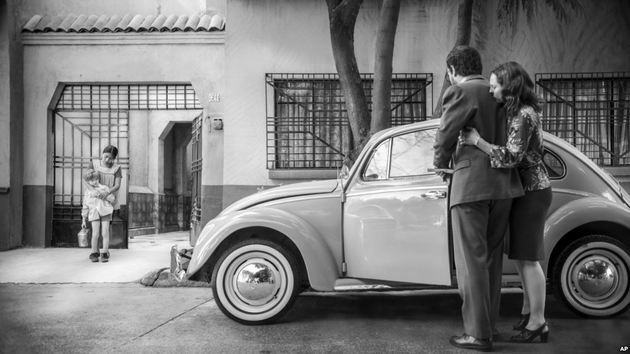
The look that the director offers us challenges the type of discourse imposed by the great film studios. It is a cinematographic story in black and white, which frequently appeals to panoramic shots with depth of field.
The story proceeds slowly but organically. In some sequences, such as Cleo's childbirth or the forest fire, Cuarón applies the technique of parallel planes, creating a counterpoint effect in the discourse.

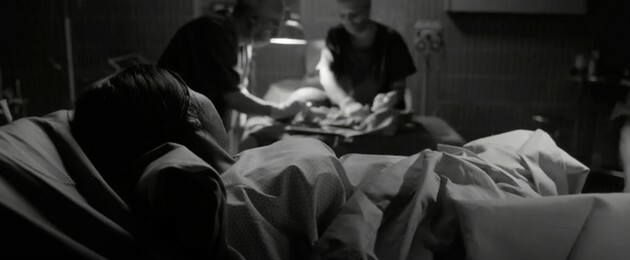
in the second, the doctors try to revive the creature.
In addition, it is also a self-reflective or meta-cinematic film, that is, it includes the cinematographic as one of the thematic edges of the film. Inside Rome we can see film fragments that were an essential reference for Cuarón's training as a director. We also see how the cinema of the colony, as a physical space, becomes the place of encounters and misunderstandings of the characters.
The socio-political context
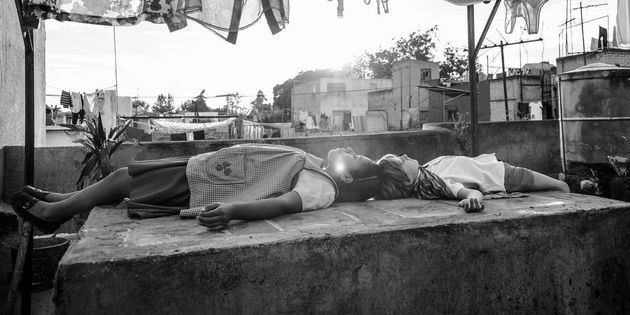
The piece is situated in a controversial context: on the one hand, it represents the thriving spirit of the modernization of Latin America, through the signs of an upper middle class that aspires to dominion economic; on the other, the alternation of this world of modern expectations with the atavistic survival of pre-Hispanic cultures, still marginal within the dominant system, is exposed. Along with this, there is growing social and political tension that triggers the Corpus Thursday massacre, which occurred on June 10, 1971.
Sofía's family is accompanied by some signs of social distinction of the wealthy middle class: Antonio and Sofía are professionals although she does not work; Antonio has a Galaxy car and travels frequently claiming work; the offspring are numerous; They have two housemaids, pets, and wealthy friends who give them prestige.
Representation of the patriarchy
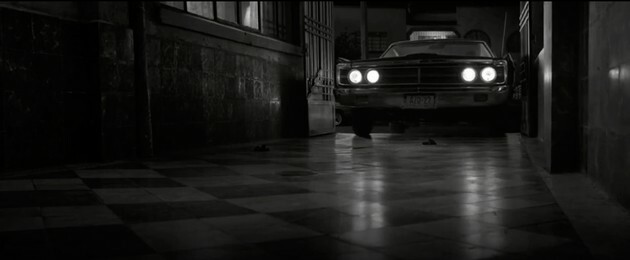
Antonio represents, symbolically, the image of the patriarchal and modernizing world. He is the typical provider and distant father with a world outside of home. For him, home becomes small. The sequence that introduces us to the character says it all: Antonio drives a state-of-the-art car that doesn't fit in the parking lot. He wants to be the image of a prosperous, modern and free man. The expectations of him are greater than the modest daily life of the family in Rome.
The representation of the patriarchy is not only visible in Antonio. He is also so in the characters of Fermín, Ramón and, in a broad sense, in the training camp of Los Halcones, a paramilitary group of the Mexican government active between the 60s and 80s. Fermín, from the first scene, makes a display of physical strength while naked; symbol of raw violence.
Ramón is a young dilettante who does not commit to his immediate surroundings. The patriarchal order is specified in the violence of the Mexican State, which imposes its will by force. The patriarchal order is, therefore, violent and doomed to the public.
Unveiling Matricentral Intimacy
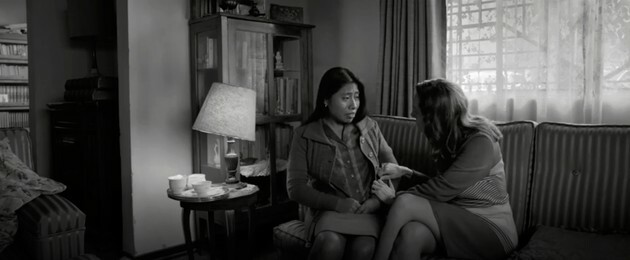
In a family home with an absent father, first emotionally and then physically, it is clear that a world centered on maternal filiality, something some call a matricentral culture, represented in Cleo and Sofia.
We avoid the term matriarchal, since in reality it is not a regime of the mother as head and guarantor of order. It is, rather, an accommodation of the family to the care, almost always unnoticed, of the women of the house, that in their resigned silence hold the hearts of all and also end up being the economic support of the home.
Sofia too, in her own way, is a silenced woman like Cleo. She suffers with resignation and under humiliation, the progressive abandonment of Antonio, his psychological abuse, his authoritarianism camouflaged, the physical absence of him and, in an unconscious way, the inhibition of his freedom by making her dependent on him without it being necessary. Sofía begins the story of her as someone subservient to another type of master: the patriarch or, rather, the patriarchy, a system that dominates in her own imagination.
Understanding that she has been abandoned with four children, just as Cleo has been during her pregnancy, Sofía understands that they are both the same. In this way, she will take the determined first step to break the line that separates maids and patrons: Sofia goes from being the benevolent patron, to being portrayed alongside Cleo in the universal drama of the woman. She thus initiates her personal transformation that is expressed in the actions of crashing and selling Antonio's Galaxy, symbol of the end of the patriarchal reign at home.
Cleo, balance of speech and family
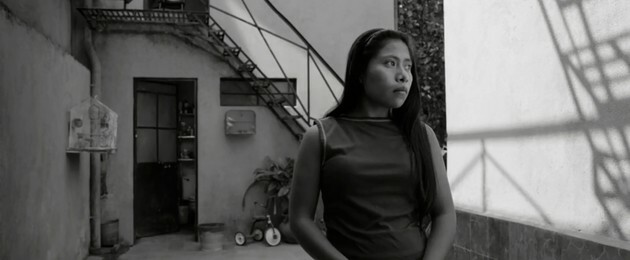
In that daily life, Cuarón shows the maximum paradox, which is in turn the emotional center of the story: Cleo, the one who seemed to orbit around Sofia's family, she is actually the pivotal column that supports the house and avoids the true disaster. She is the center of the system, she is the incandescent light through which they all orbit, like the sun.
Two symbols, to name just a few, are key: 1) only Cleo can balance on one foot with his eyes closed, when he applies the exercise that a teacher indicates to the students of the field of training. 2) the only time that Antonio interacts affectively with someone is with Cleo, before giving birth in the hospital.
Cleo is a teacher of life as natural as the birds of the sky and the lilies of the field, which, according to Kierkegaard, are the best teachers, no for giving lessons through arrogant speeches, but for showing with the humility of her silence, how she lives beautifully from grace everyday. This is Cleo in her simplicity, and this is the film. It does not judge, it does not proclaim, it hardly shows.
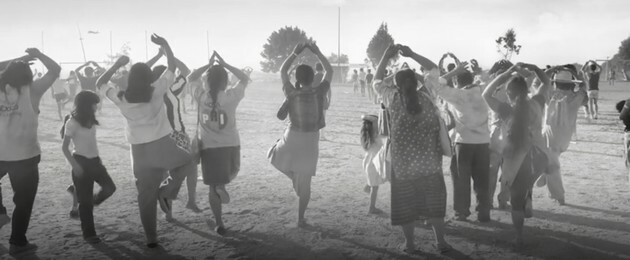
Cleo is the only one balancing on one foot and with her eyes closed.
It is in the disaster that Sofía, her mother and her children, see their own contradictions and open up to see Cleo on an equal footing. Cleo, this socially marginalized woman, with no rights or demands, is the heart of the family, whose emotional journey consists of going from being passive subjects of her services, to being active subjects of a love reciprocal.
That love also saves Cleo from the guilt that drags her day after day for having wished that her daughter would not. was born, which she confesses after saving the children from drowning in the sea, risking her own life.
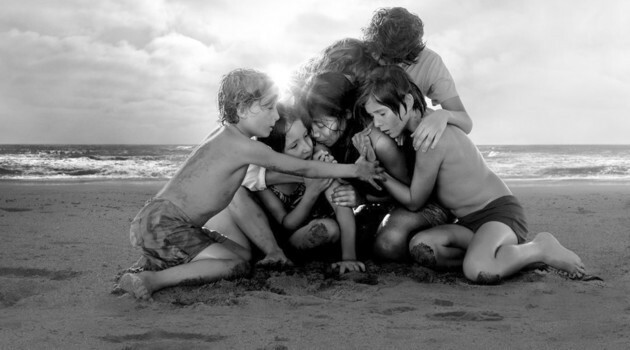
Just as the water cleansed the surface of the mosaic on the floor, so the seawater cleansed Cleo's heart, as if it were a baptism. Cleo comes out of the sea not as a Venus, but as a soul purified by confession. That is why what awaits you is the merciful embrace. And like the birds of the sky and the lilies of the field, this family had no speeches or sermons to give. Only a family hug and a "we love you", all on their knees and at the same level, sealed the pact of daily complicity.
Final thoughts
Alfonso Cuarón creates a transcendent work with the film Rome insofar as it manages to keep the viewer's complicit gaze thanks to at least two things: 1) through beauty that we contemplate in each plane, and 2) through something like a false expectation that makes us wonder where it is directs.
Accustomed as we are to intrigues, accidents, knots, foreseeable turning points and great dramatic outcomes, when we see Rome We are always waiting for a "disaster" that never comes or that, instead, comes in the form of everyday life and then lets life run its course.
The disaster is another: a fragmented, separated society, framed in an inertia that few seem to question. But this disaster, these fractures, do not stop life. Cuarón does in the film what real life does in us and in our disasters, big or small: he follows the course of the made naturally, let them be confused with everyday life, which surrounds them and disciplines them with an almost astonishing authority.
Who is Cleo?
As an archetype, Cleo was inspired by a real person, Liboria "Libo" Rodríguez, Alfonso Cuarón's nanny during his years in the Roma colony. CNN interviewed the director and learned about his personal reflections on the matter. You can watch the interview here:
Alfonso Cuaron

Alfonso Cuarón is a film director, screenwriter and producer born in Mexico City in 1961. He studied at the University Center for Cinematographic Studies at UNAM. He started his career in the Aztec country and, later, began to develop film projects abroad.
Along with Alejandro González Iñárritu and Guillermo del Toro, Cuarón is considered one of the greatest current Mexican directors. All of them have received, in turn, an Oscar award statuette.
Among his best-known films are the following:
- And Your Mother Too, 2001
- Harry Potter and the Prisoner of Azcabán, 2004
- Children of Men, 2006
- Gravity (Oscar winner), 2013
- Rome, 2018
Movie trailer
If you haven't seen the movie yet Rome, let yourself be moved by the trailer that we present to you here:

